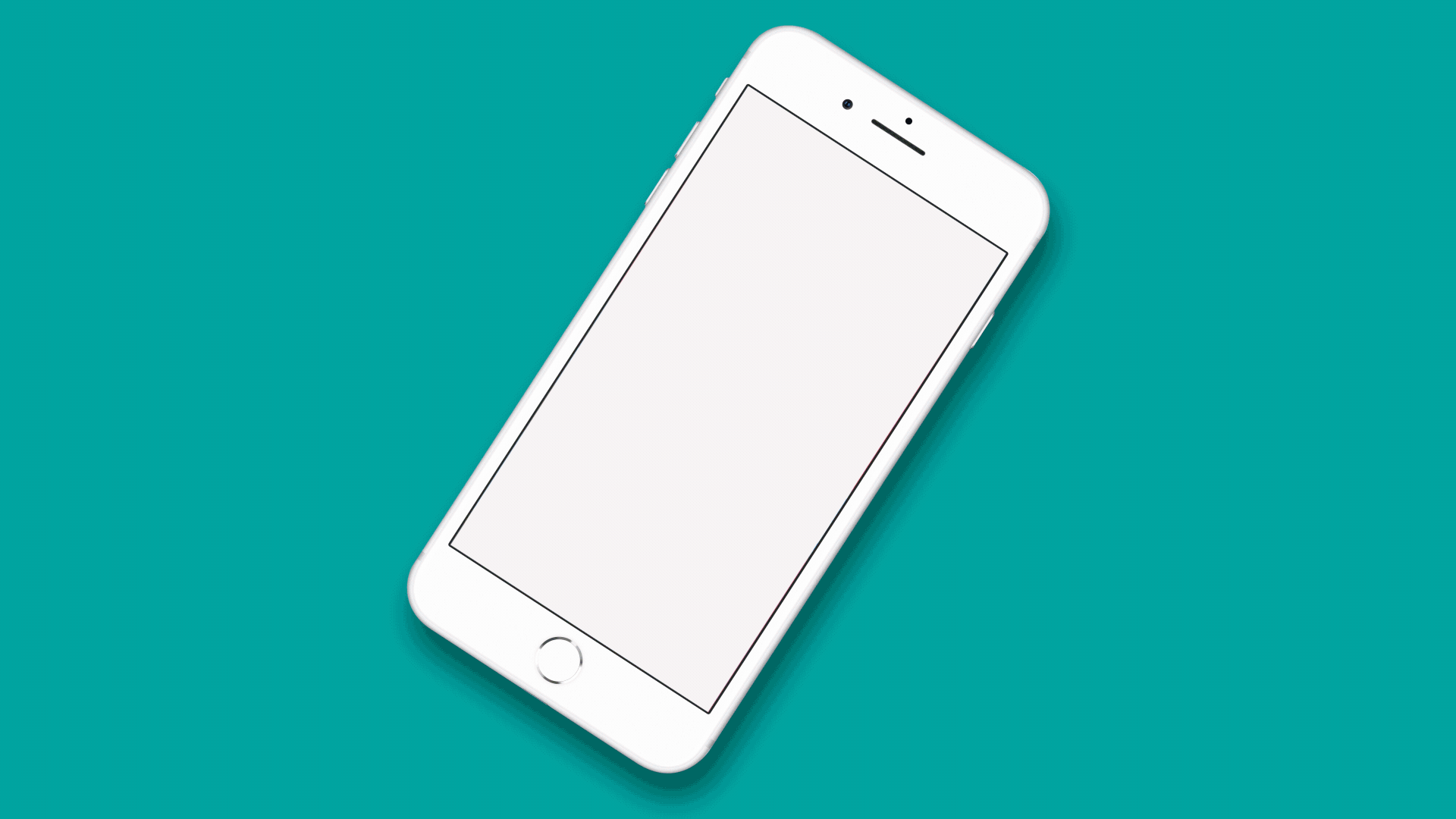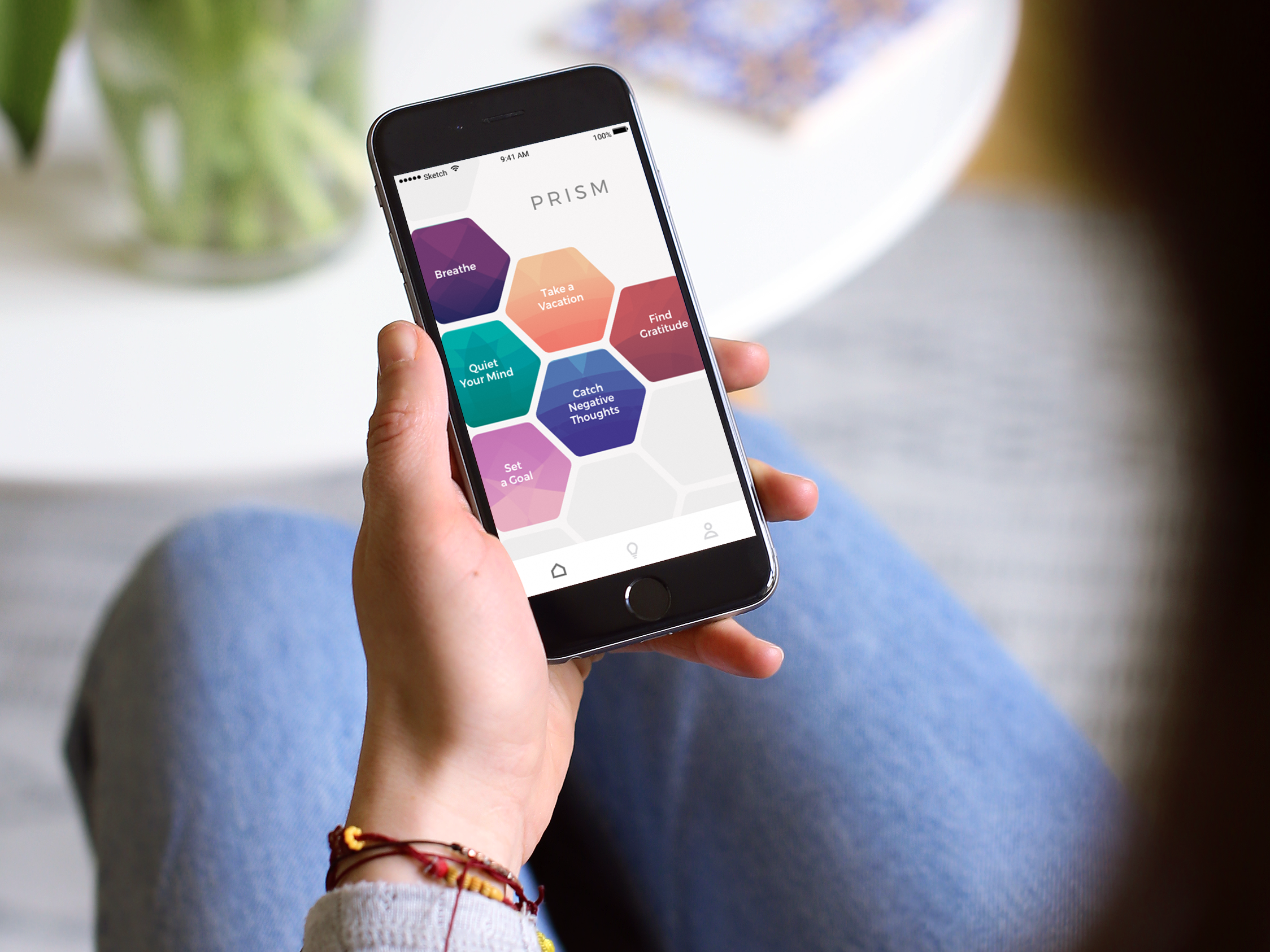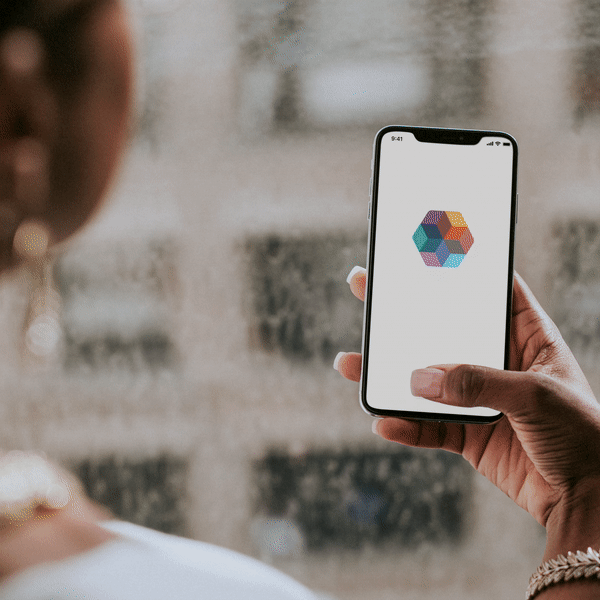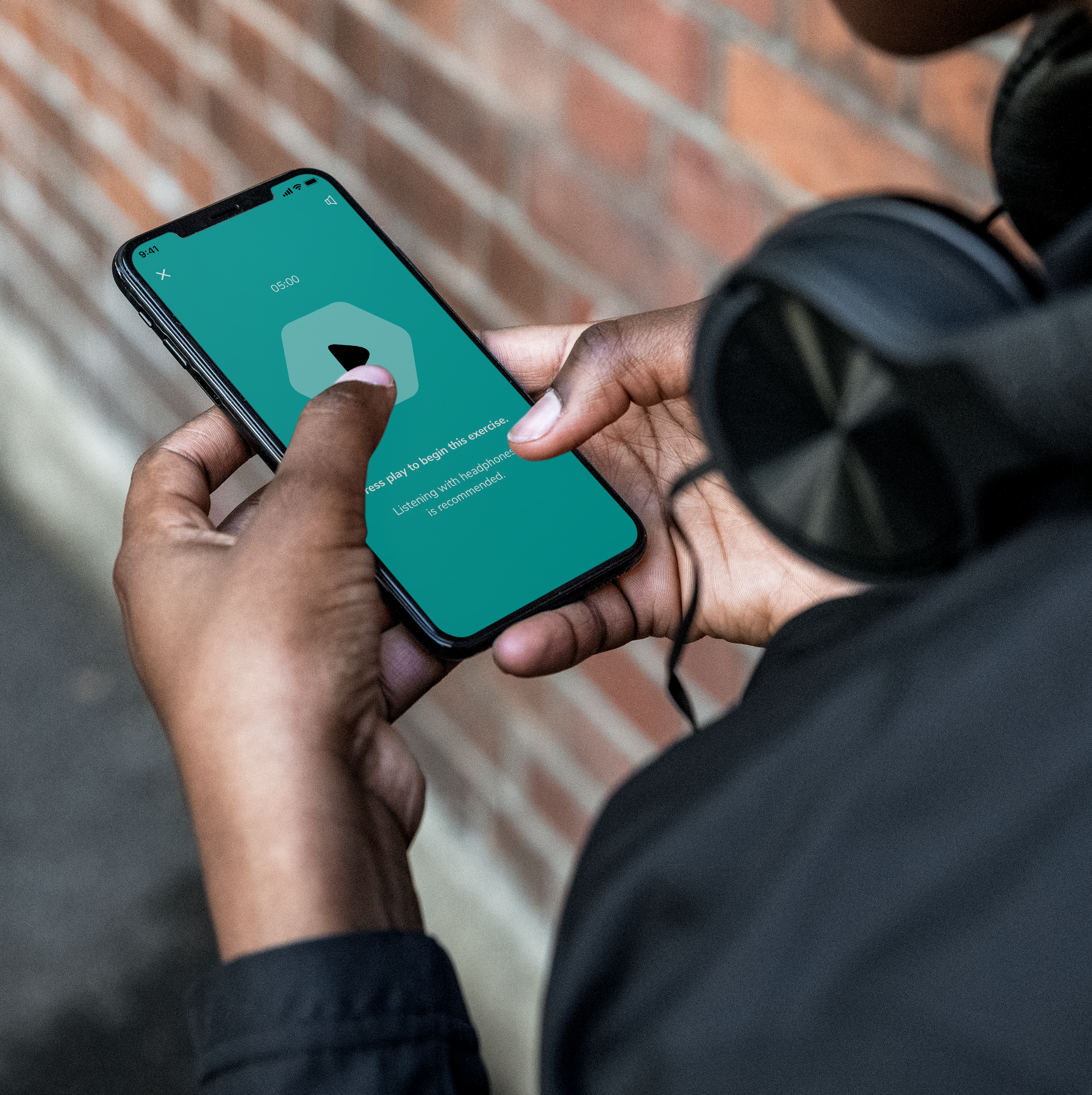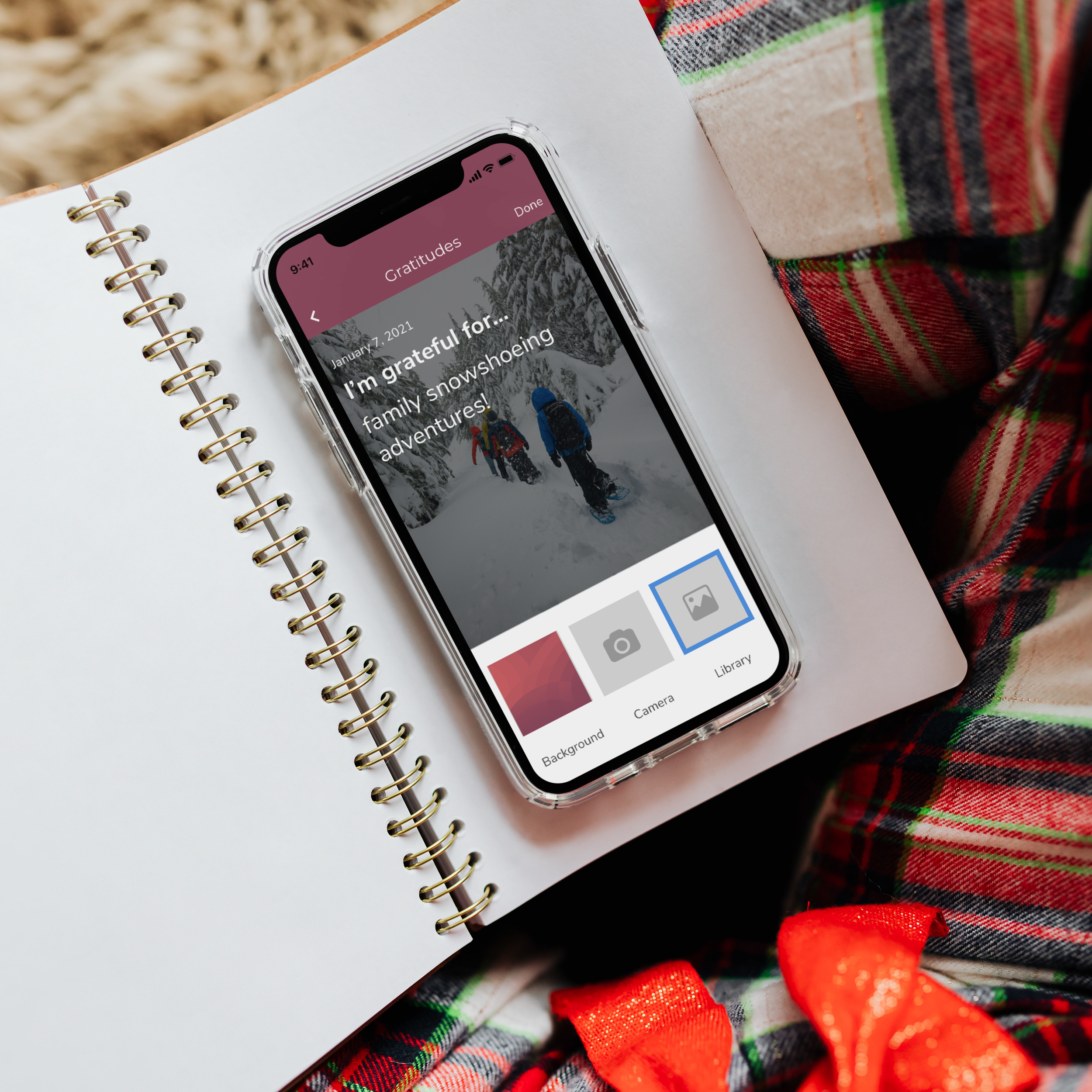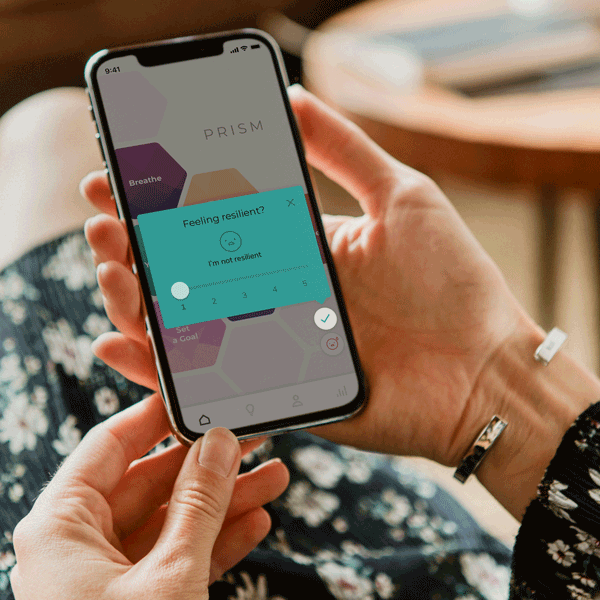PRISM
Helping young patients build resilience and manage stress through life’s ups and downs.
Background
This project was done in collaboration with Seattle Children’s Hospital, one of the leading pediatric hospitals in the nation. Researchers Dr. Abby Rosenberg and Dr. Joyce Yi-Frazier developed an intervention to promote resilience in stress management (PRISM). Through clinical success, they created the program for adolescents and young adults (AYAs) facing chronic or terminal illnesses like Type 1 Diabetes or cancer. Originally it was created as an in-person tool run by trained interventionalists and involving paper materials for patients to use. With its evident impact, the Palliative Care and Resilience Research Program (PCAR) at Seattle Children’s Hospital asked, how might we help other patients access PRISM?
Role
Product design lead + product strategist
Platform
iOS
Timeline
2017 – 2020
Project brief
-
With PRISM’s primary community of use being teens, Seattle Children’s approached Artefact to transform PRISM into a mobile app experience while making sure to uphold the mechanisms that work so well in the existing intervention. We also had to evaluate what you jeopardize through digitizing the experience; which was the dialogue between the interventionalist and patient, the trust and rapport that’s built, and a private space for a patient to explore their emotional wellbeing.
-
Roadmap + Envision
With this being Seattle Children’s PCAR’s team first into the human centered design process, we ran a series of workshops to build the voice and brand behind PRISM, to prioritize features, and create a roadmap for feature development and generating ideas for future features. We were also able to interview patients who have gone through the in-person program to ask what they’d hope to see in the digital app.Design + Refine
Broken into three programs, each program was fairly short and required a rapid design process. We worked quickly to explore different interaction models for each module, as well as establish a visual language that would be the brand for PRISM and set the tone for the experience. We worked with an iterative process, closely collaborating with the Seattle Children’s team to gain their feedback and medical insight.Build
We worked closely with external development teams to ensure our designs came to life. As the product lead, I worked with asset management, running t-shirt sizing exercises to make product decisions, and ensuring file hygiene and flexibility for both iOS and Android development.
-
We designed 3 releases of the PRISM app:
PRISM 0.1 · 2017
We first focused on designing an MVP. This meant creating the bare bone elements that make PRISM, PRISM. That included access to 6 modules and activities, a profile for personalization, and a list of additional resources for users to learn more about stress management and resilience.
PRISM 1.0 · 2018
After piloting the app to a select group in tandem with guidance from an interventionalist, we prioritized adding stress and resilience meters to allow users to track these specific emotions in PRISM. We also refined the Goal Setting module by aligning it with the structure and language of SMART goals.
PRISM 2.0 · 2020
We focused on creating a more self guided experience so that it could be eventually used independently. We created a more robust onboarding, added a My Trends section, and created more guided module introductions and checkpoints. A Seattle Children’s team conducted a user study and valuable feedback was gathered.
-
At the forefront of the changing culture in mental health and emotional wellbeing.
The impact of PRISM is undeniable, not just for young patients, but it’s potential for teens and adults alike.
It has been rolled out to a wider community within Seattle Children’s Hospital outside palliative care, to parents of patients, medical staff, all to resounding positive feedback. It’s available on iOS, with Android under development, and with hopes to have it available to hospitals across the nation.
Teaching skills and prioritizing emotional health
PRISM teaches three core skills, stress management, goal setting and resilience building. There are 6 modules that help build these skills. Breathe, which teaches a method called square breathing, Take a Vacation, a visualization exercise, Leaves on a Stream practices mindfulness, Goal Setting, which uses the SMART goals method, Catching Negative Self-Talk helps AYAs reframe negative thoughts, and lastly Find Gratitude provides a journal space to document daily gratitudes. We created an onboarding experience to demonstrate the relationship between these modules and give an overview of the skills that PRISM helps teach.
Promoting engagement with flexible activities, available when you need them most
There are a mix of passive and active modules in PRISM. Two are audio based, Breathe is a visual exercise, and the last three require text entry. We created this flexibility so there’s variety to match how AYAs feel in the moment, to adapt to where one is, at home, in the hospital, or in the car perhaps, and how much time they have. We also focused on creating fun microinteractions, encouraging language and a colorful, not clinical, interface.
Fostering self-expression and guiding a journey towards self-actualization
We wanted PRISM to be a space that was special and unique to the AYA, that’s why we allowed for personalization by creating a profile and being able to see all your activity posted there. The ability to set custom goals, with prompts and examples that are relatable and relevant, whether it’s about school, friends and family, or a personal goal. PRISM also emphasizes that it’s okay to not be okay, modules like Negative Self-Talk allow AYAs to document their negative thoughts and actively work to reframe it. Lastly, modules like Find Gratitude become like a journal, encouraging users to document moments they appreciate and feel grateful for.
Building a trustworthy confidant through agency and privacy
As a space to document both the good and the bad, we wanted PRISM to become a close confidant that can be there for you in moments of need, but also gives you autonomy and respects privacy. The My Trends section captures a cohesive history of PRISM usage, allowing users to draw connections between which exercises they gravitate towards and which help them most in managing stress or building resilience. Access to this data not only provides health ownership, but allows for trends to emerge and actions to be recognized. Users have the freedom to discover what works for them and are not pushed into a set learning cycle.
Affirming your best self by creating an emotional outlet
It’s important to feel and acknowledge one’s emotions. PRISM features a Stress and Resilience meter that allows you to log your stress and resilience levels whenever you want. Once a day, it prompts you to track your stress and resilience before completing any modules and at the end of the day, in order to track data and hopefully demonstrate which modules helped most in managing stress and building resilience. We also included notifications that encourage moments of reflection and positive reinforcement, making sure the user knows it’s always there for you when you need it.
